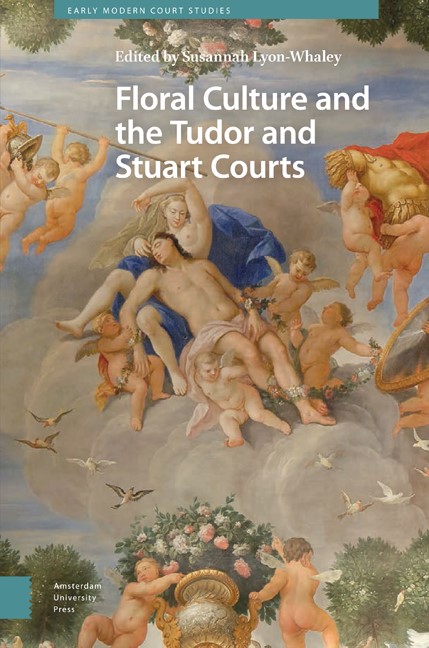11 - The Orange and the Rose : Horticultural and Decorative Flowers at the English and Dutch Courts of William III and Mary II
Published online by Cambridge University Press: 16 April 2024
Summary
Abstract
William III and Mary II shared a keen interest in gardening, botany, and interiors, and real and decorative flowers played an important part in display at their Dutch and English palaces. At Paleis Het Loo and Hampton Court Palace, they cultivated flowers and fruit sourced through national and international networks of collectors. Flowers grown in the gardens were displayed in the palace interiors, often in specially commissioned Delftware vases, or represented in paintings and textiles, blurring the boundaries between different media, and between real and fictive flowers. This interdisciplinary chapter brings together Dutch and English scholarship, exploring the importance of flowers to William and Mary, as a leisure pursuit, and as a demonstration of economic and political power.
Keywords: Hampton Court; Paleis Het Loo; horticulture; decorative arts; Delftware; plants
Introduction
The tall, blue and white Delftware pyramids often erroneously described as ‘tulip vases’ have become emblematic of the short reign of Mary II (1662–1694, reg. 1689–1694) (figure 11.1). Manufactured from tin-glazed earthenware in the Dutch town of Delft, they were painted with Chinese-inspired and European designs. When filled with multi-coloured exotic blooms, each in an individual spout, they made for a magnificent display in both her Dutch and English palaces. The cultivation and display of flowers was one of Mary's great passions. Another was her love of the decorative arts, and arranging the interiors of her apartments, which incorporated both real flowers and floral decorative motifs. She shared these horticultural and artistic interests with her husband, William III, Prince of Orange (1650–1702, reg. 1689–1702).
In 1677, Mary had moved to the Netherlands to marry her first cousin, William, but the unexpected events of the Glorious Revolution of 1688–1689 brought about a dramatic change in their circumstances. William was invited to England by a small group of nobles and senior clergy, and after a short military campaign, Mary's Catholic father James II (1633–1701) was forced to abdicate, and the English and Scottish thrones were offered to Mary and her husband in an unprecedented joint monarchy.
- Type
- Chapter
- Information
- Floral Culture and the Tudor and Stuart Courts , pp. 305 - 332Publisher: Amsterdam University PressPrint publication year: 2024



